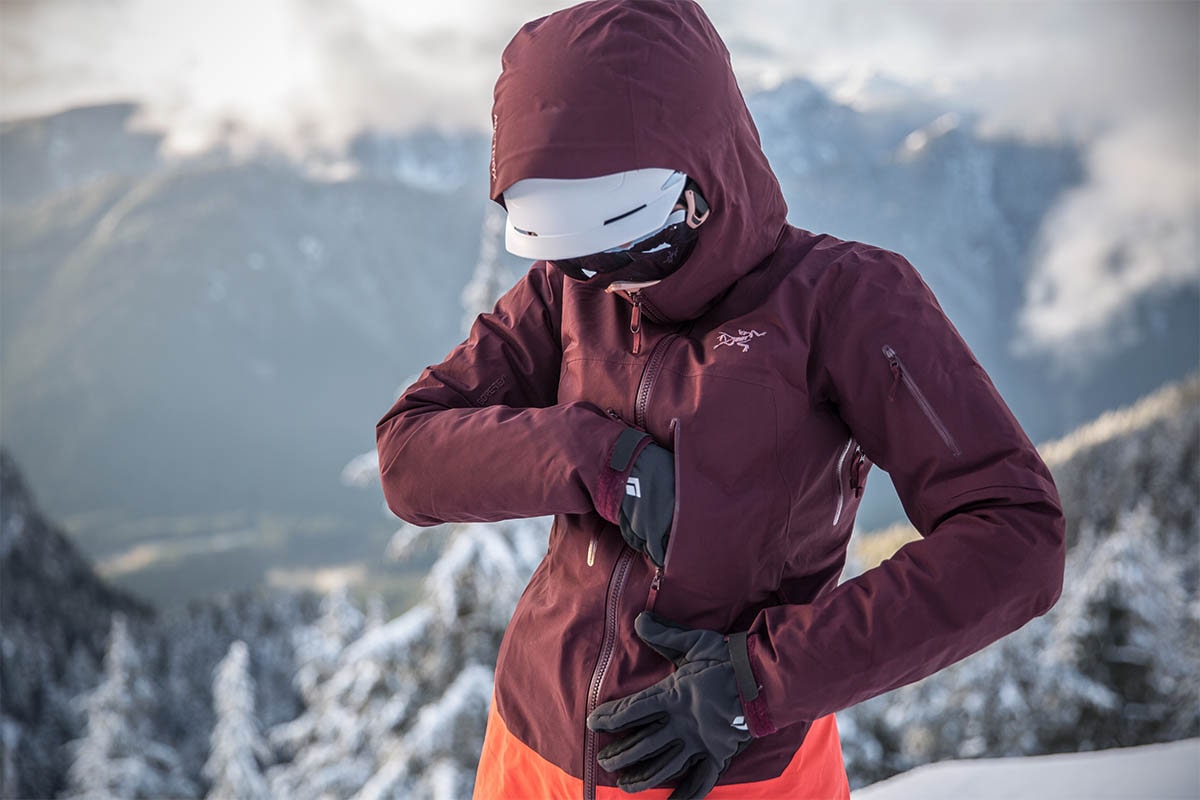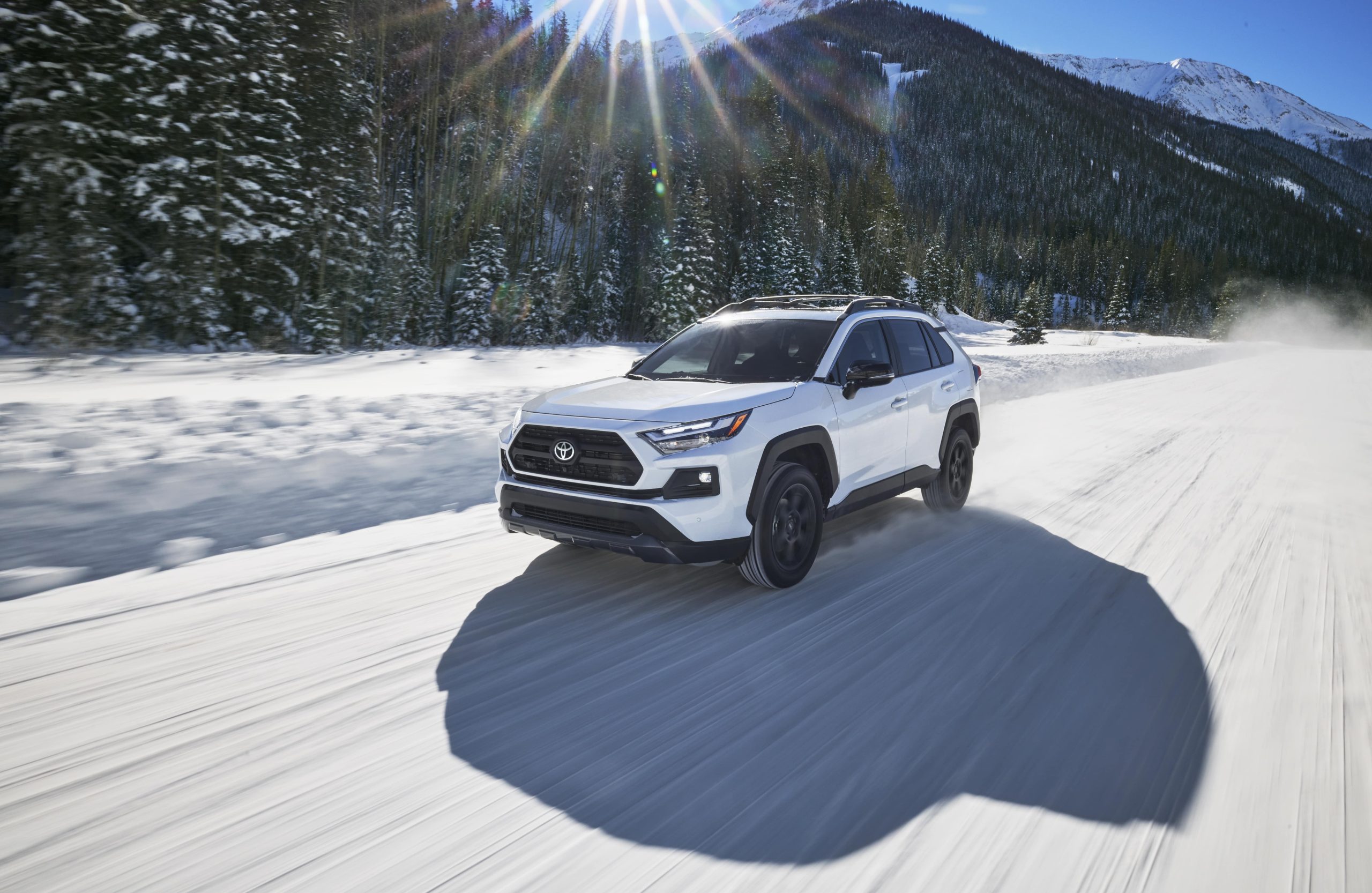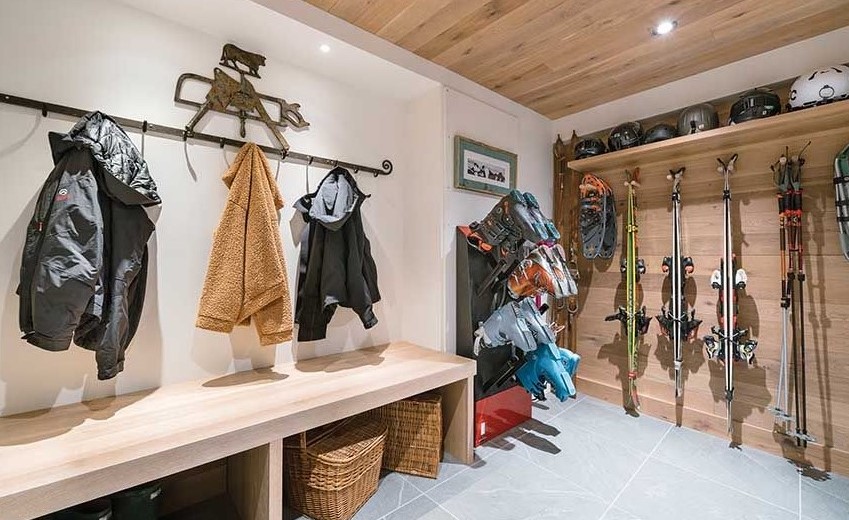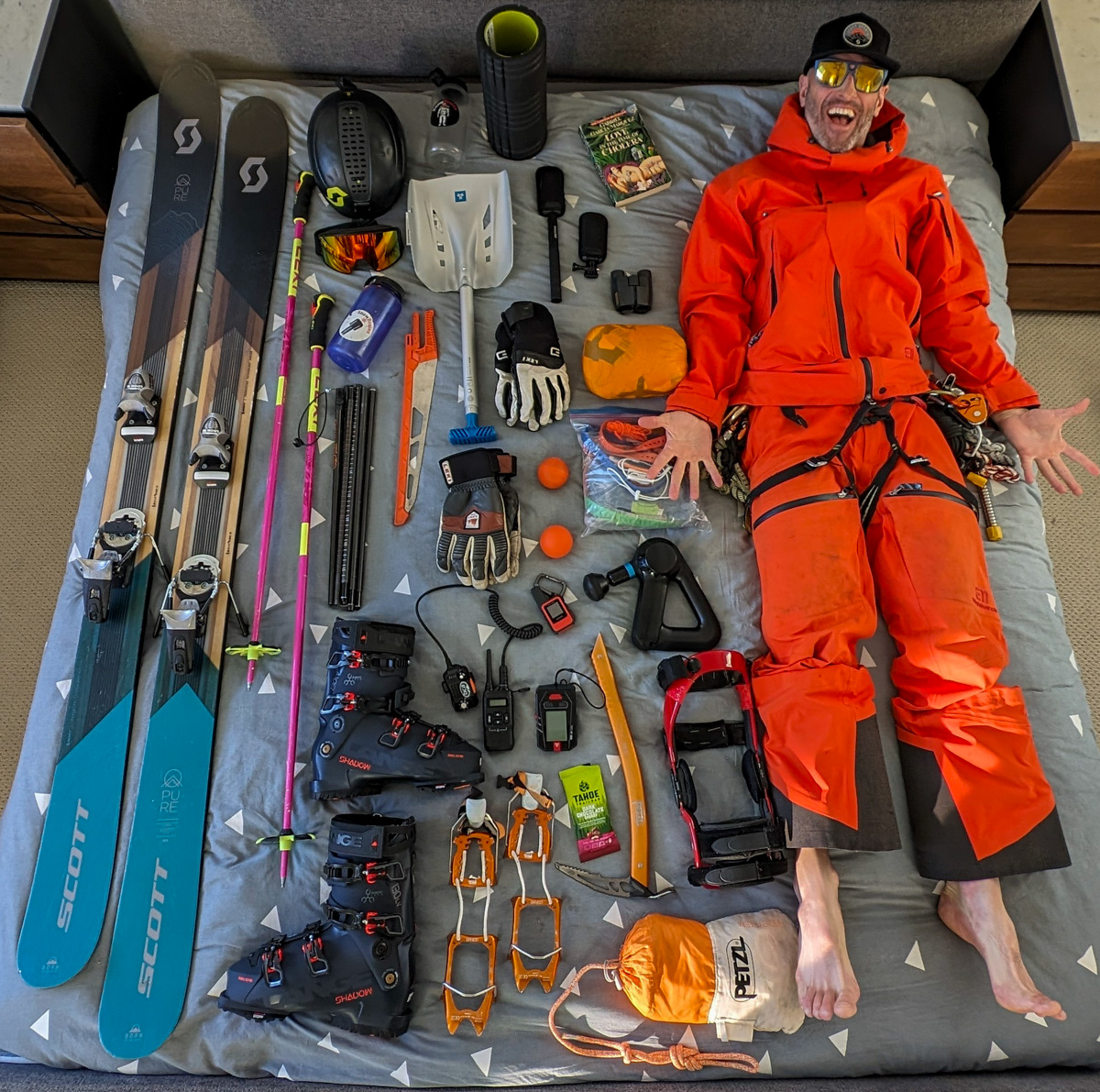
The beginning of fall means many snow enthusiasts feel the nostalgic excitement of returning to the slopes in a few short months. However, before you dive into fresh powder and carve your way down the mountain, preparing yourself and your gear for the upcoming ski season is crucial.
Last spring, we shared our End of Season Checklist: Care for Your Gear article, and regardless of whether you followed the advice or not, some pre-season preparation can make a significant difference in your performance, safety, and overall enjoyment of the upcoming season. Whether you’re a seasoned pro or a beginner eager to improve, getting ready for ski season is all about ensuring you and your gear is in top shape and is ready to handle whatever the mountain throws at you. Here’s what should be on your to do list.
Skis and Bindings

- A full tune with a base grind, edge sharpening, and wax will help your skis or board feel like new.
- Visually inspect skis, bases, and edges and if any damage, have it fixed with the tune up.
- Tighten your DIN settings if you loosened them for the offseason
- Click in and out of bindings a few times to make sure they function properly and there isn’t rust or gunk built up that could impede release.
- Make sure mounting screws are not loose and tighten if needed.
Boots

- Check the toes and heels on your ski boots to ensure they have sharp angles and aren’t totally worn down. Most boots have removable heel and toe piece that can be replaced if needed.
- Inspect screws and rivets to make sure it’s hand-tight, especially on touring boots with a bunch of moving parts.
- Take out the liners to air out and ensure there is no mold, or that any living organisms have made their summer home inside.
Outerwear

- Try on the garments to make sure they still fit. This is especially important for growing children.
- Whether your outerwear smells musty or not, washing it according to the garment instructions can help revive the Durable water-repellent (DWR) coating.
- If needed, use a spray-on or wash-in DWR treatment to bring waterproofing back to factory fresh levels.
- Patch any holes with Tenacious Tape.
- Wash your base layers even if you put them away clean to end last season. Chances are they have acquired a musty/basement/garage smell from sitting so long.
Equip your vehicle

- Stock your car with extra food and water as you never know what winter weather can bring.
- Check your tire tread. Worn tires and winter driving are a dangerous combination. Ideally, you have snow-rated tires with a three-peak mountain snowflake symbol on them and carry properly fitting chains if required in your area.
- Ensure your battery, wiper blades, cooling system, heater, brakes, tire pressure, and washer fluids are all adequate.
- Have a winter survival kit with items like first aid supplies, flares, flashlight, a blanket, batteries, ice scraper, extra clothes, jumper cables, a small tool kit (screwdrivers, pliers, an adjustable wrench, duct tape, zip ties), and tire inflator.
Get in shape

- Now is the time to start an exercise program so that your body is ready to tackle the mountain when the snow starts falling. You don’t want to get injured, have sore muscles, or only be able to ski a half day on your first time up to the mountain.
- If it’s early in the fall, you still have time to build meaningful strength and stamina.
- Total body training is important, but the emphasis should be on your core, glutes, flexibility, mobility, and balance.
Other

- If your socks are thin or have holes, buy new ones. They aren’t that expensive and who doesn’t love the feeling of new socks?
- If your helmet is over five years old or has any signs of dents, cracks, or discoloration, it is probably time for a new helmet.
- Check the batteries in your avalanche transceiver, action camera, or any other battery powered devices. Test your beacon against another device in both receive and transmit mode. Do a quick search to make sure you remember how to operate the device. Perform recommended checks and maintenance on the transceiver or have it checked out at a ski shop or with the manufacturer. Do the same if you have an avalanche airbag.
- Don’t forget to buy your ski pass. Prices typically increase the closer you get to the season opening.
With the right preparation, both you and your gear can hit the slopes confidently and safely as ski season begins. By conditioning your body, tuning up your equipment, and planning ahead, you’ll not only enhance your performance but also maximize your enjoyment of the winter months. Remember, taking the time to get ready now will pay off when you’re carving through fresh powder, making the most of every run, and creating lasting memories.
